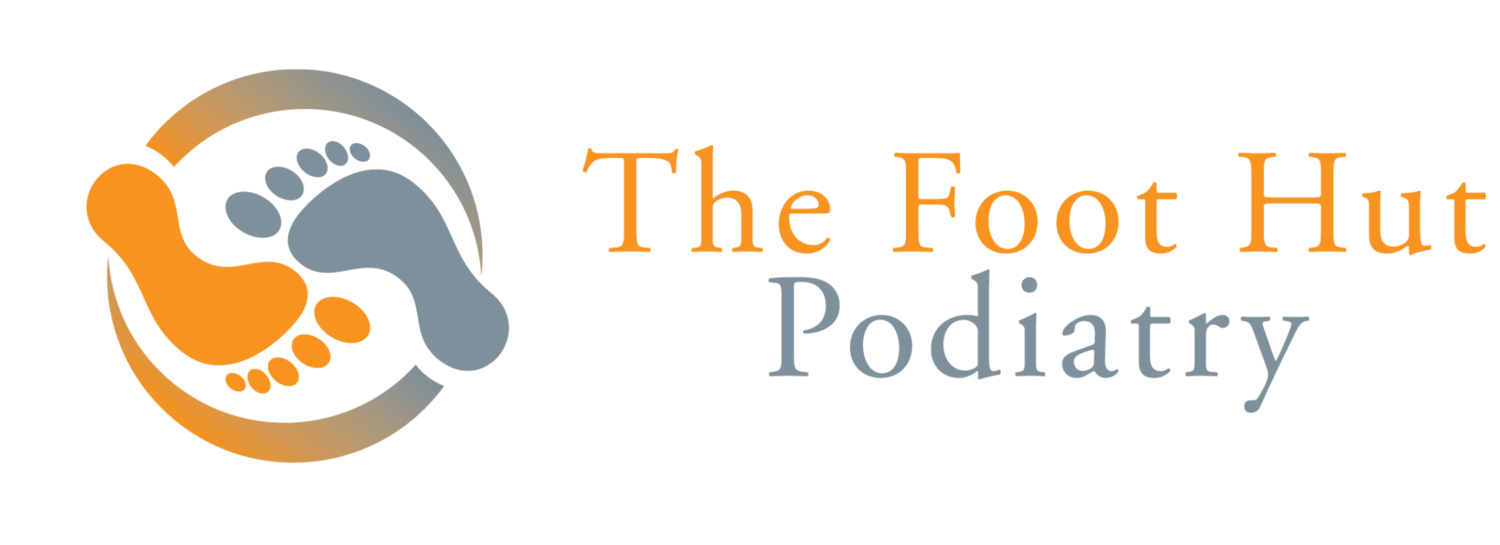What Is Turf Toe?
Turf toe is the common phrase used to describe a ligament sprain around the big toe joint. Generally, this condition occurs during sports and has been known to be extremely painful; more on this subject below.
As stated above, turf toe is a sprain of the big toe's ligament joints, which expedites up and down motions. The sesamoids are small round bones that reside behind the big toe joint, and they are tendons that allow your big toe to function as a pulley for the tendon. Harm caused due to turf toe debilitates the tendon's ability to absorb weight from the ball of the foot and confines leverage when running or walking.
Causes and symptoms of turf toe.
Turf toe is caused by jamming the big toe or consistently pushing off the big toe with force, such as running or jumping. The condition usually affects athletes who play soccer, basketball, wrestling, gymnastics and dance. Some of the symptoms include;
Pain in the big toe.
A popping noise or sensation when the injury occurs.
Reduced joint movement.
Swelling.
It is vital to seek treatment immediately and refrain from any physical activity so as to avoid making your condition worse, you should book an appointment to see a podiatrist at your earliest occurrence.
How to prevent turf toe
The best way to prevent turf toe is to reduce the risk of injuring your big toe joint when partaking in exercising or undergoing any form of activity.
So, how do you prevent turf toe?
Ensure you are wearing proper foot wear - opt for shoes that provide adequate support and protection to your foot; this includes stability to your ankle and support for your toe and the arch of your foot.
Use custom-made orthotics - many foot issues can, and even pain in your hips and lower back can actually be aided by custom-made orthotics. If you have an abnormality in your feet, like flat arches, orthotics can help to distribute the pressure more evenly across your feet and reduce the risk of turf toe.
Perform foot and ankle strengthening exercises - muscles in your feet can be strengthened to help absorb shock and reduce the risk of injury in your feet when exercising.
Ensure you warm up before exercise - whenever you undertake exercise, you should ensure you fully stretch your muscles and ensure they are warm before exerting high amounts of stress and pressure associated with exercise.
Avoid harder surfaces when exercising or playing sports - turf toe is more likely to occur when playing sports or exercising on hard surfaces. Where possible, try to play on softer surfaces like grass or astroturf.
Consider bracing your toes - If you often experience pain in your toe, consider bracing or taping your foot to provide extra support and prevent injury.
What are the best strengthening exercises for your feet?
There are several exercises that are great for strengthening the muscles in your feet, which, as mentioned previously, is an excellent method of preventing turf toe. Here are some of our favourites:
Toe curls - Performed sitting down with your feet flat on the floor, place a towel or cloth on the ground and use your toes to scrunch the cloth towards you.
Ankle circles Again performed sitting down with your feet flat on the floor. Lift one ankle and rotate in a circular motion in both directions and then switch to the other foot.
Heel raises- Standing with your feet, shoulders width apart, raise up to your toes and then slowly lower yourself back down.
Single leg balance - This one is as simple as it sounds, stand on one leg for 60 seconds and then rotate to the other leg. To make this exercise more challenging, you can stand on an uneven surface.
There are many more exercises that you can use to strengthen your feet, but these few are a great start.
Treatments for turf toe
RICE is a fantastic remedy to follow for at-home treatments - Rest, ice, compression and elevation. More often than not, this will usually resolve pain and swelling whilst the ligament is healing. Sadly, more severe cases may require crutches or a walking boot while the injury heals.
Whilst surgery is a last resort, it may be a vital step to getting back on your feet. Often it is needed to fix broken bones, torn ligaments or joint damage. If it is offered to you, do not hesitate to take it!
